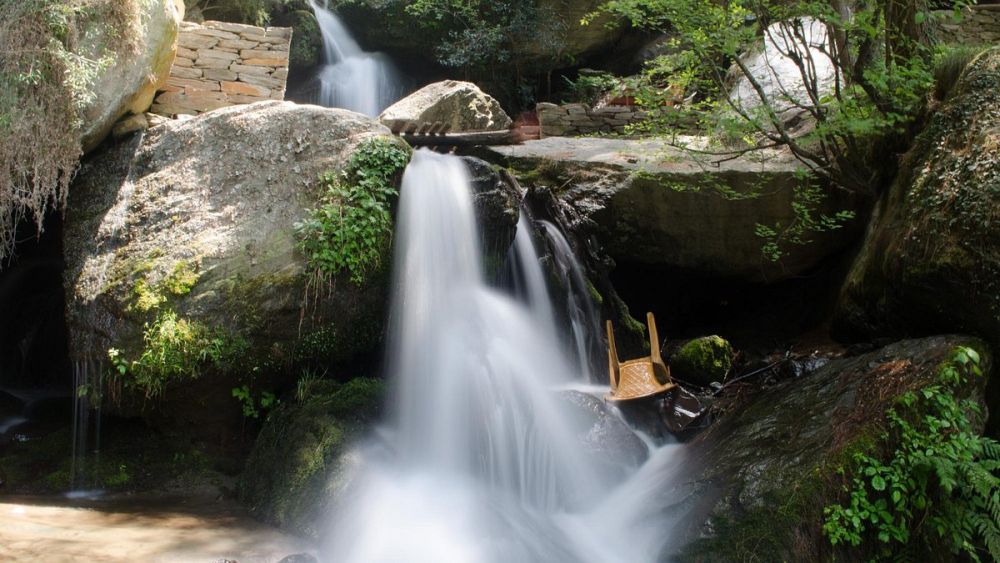

Kullu, located in the heart of Himachal Pradesh, India, has long been a destination that captivates visitors with its pristine natural beauty and serene landscapes. Among its numerous attractions, the Jana Waterfall stands out as a secluded and majestic spot that has gained popularity over the years.
Historically, the region of Kullu was known more for its religious significance and apple orchards rather than for tourism. It was only in the late 20th century that tourism began to flourish in the area, with adventurers and nature enthusiasts seeking new destinations to explore. Jana Waterfall, located near the village of Jana, became one of those hidden gems gradually exposed to the world.
The waterfall is named after the village itself and had remained a local secret until the rise of eco-tourism in the valley. The raw and untouched beauty of the waterfall, combined with the traditional lifestyle of the village, started to draw the attention of tourists seeking tranquility away from the bustling city life.
The journey to Jana Waterfall is as picturesque as the destination itself, involving a trek through lush deodar forests and apple orchards that showcase the biodiversity of the region. As visitors approach the waterfall, the sound of the cascading water and the cool mist create a rejuvenating atmosphere. The refreshing waters, which originate from the Himalayas, provide a scenic backdrop perfect for photography and nature appreciation.
In addition to the natural splendor, the local cuisine offered at nearby dhabas (small eateries) is a culinary delight. Traditional Himachali food prepared with fresh, local ingredients presents another layer of experience for tourists visiting Jana Waterfall.
With the advancements in technology and the growth of social media, Jana Waterfall has seen an influx of visitors keen on documenting and sharing their travels. The trend of eco-friendly and sustainable travel has also increased the attraction's appeal, as the area remains relatively untouched by commercial activities.
Adventure tourism has seen a rise too, with enthusiasts engaging in trekking, camping, and nature walks, exploring the dense forests surrounding the waterfall. Moreover, the region has become a favorite among backpackers and solo travelers who are attracted to its peaceful ambience and accessibility.
Overall, the Jana Waterfall continues to maintain its allure, drawing visitors with its natural beauty and offering an authentic experience of the Kullu Valley. While tourism has indeed increased, efforts by the local community and authorities to preserve the environment ensure that the waterfall remains a sustainable and enchanting destination for future generations.
The historical tapestry of tourism in Kullu and the gradual rise in popularity of the Jana Waterfall reflect a broader trend in the search for unspoiled natural retreats. Kullu, and specifically Jana Waterfall, symbolize the desire to connect with nature while respecting the delicate balance of local ecosystems. As tourism continues to evolve, destinations like the Jana Waterfall remind us of the importance of sustainable practices in preserving the beauty of our planet's hidden treasures.